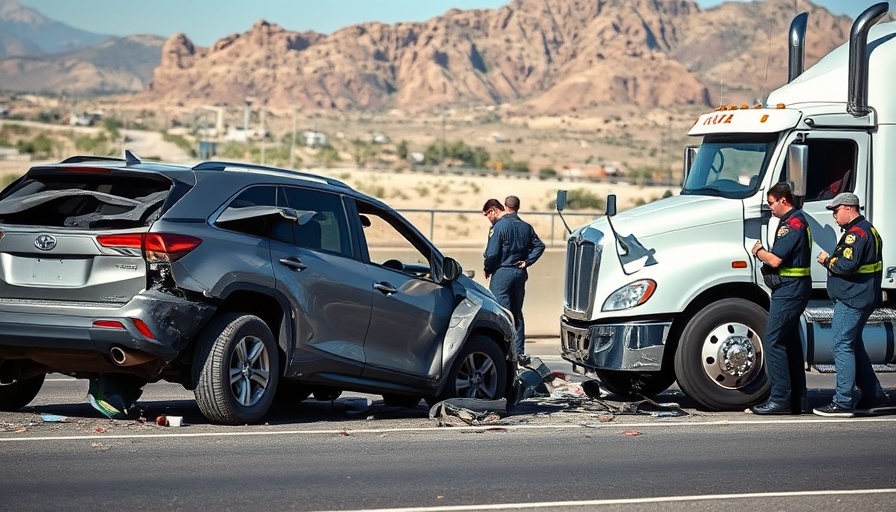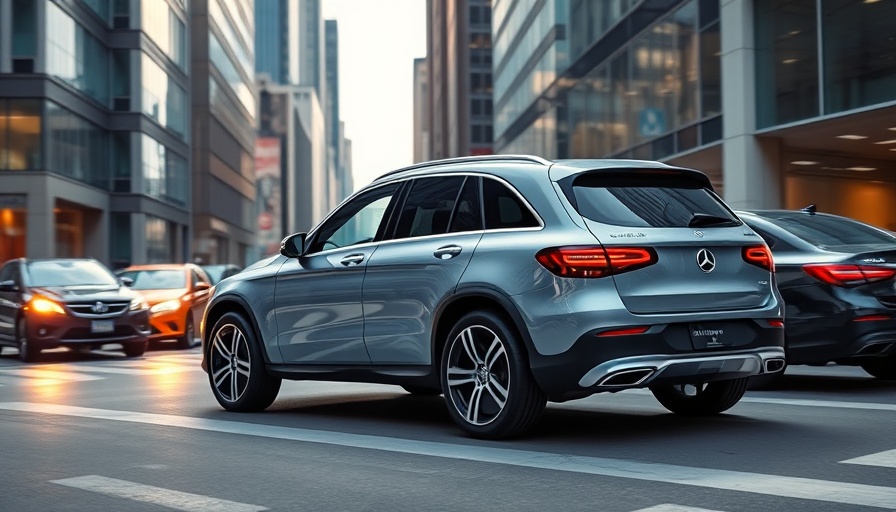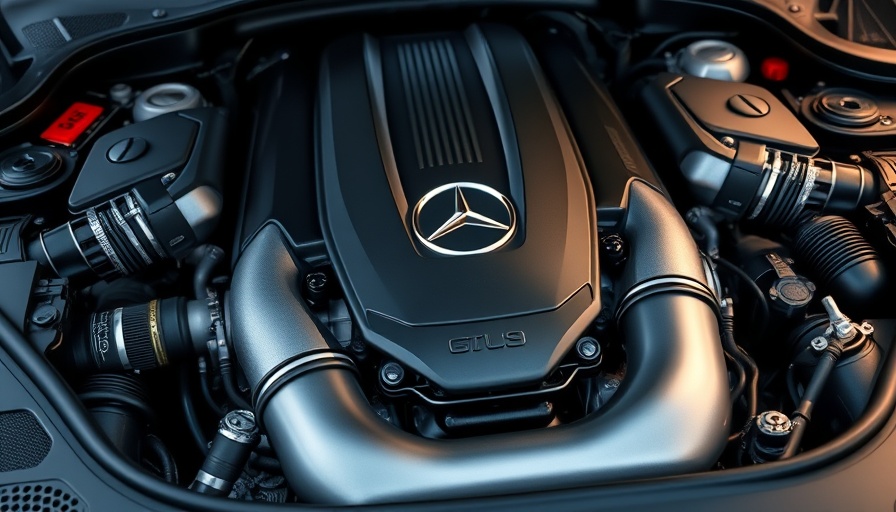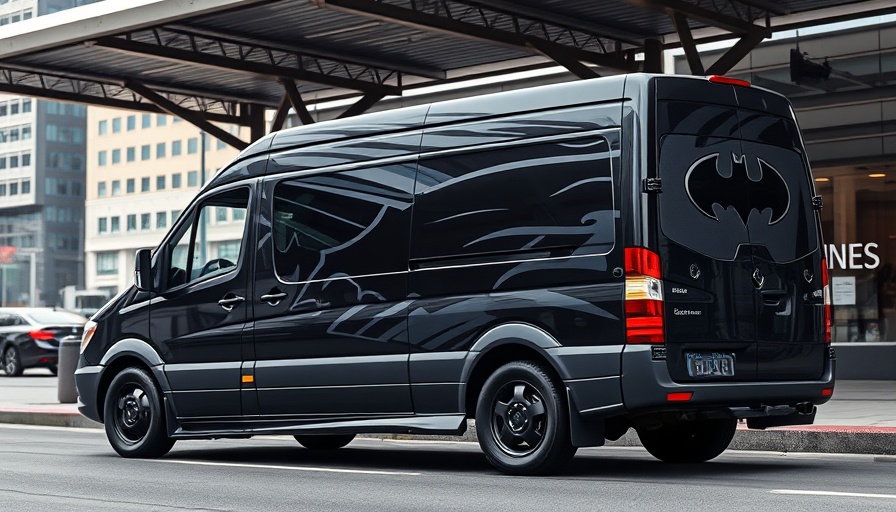
The Hidden Risks of Driving Popular Cars
Car accidents happen every day, but some vehicles are statistically more accident-prone than others. Understanding which cars have higher accident rates can be crucial for drivers looking to make safer choices on the road. Several factors contribute to this phenomenon, including vehicle popularity, driver demographics, safety features, and the size and weight of the cars involved.
Factors Influencing Accident Rates
Vehicles that are more prevalent on the roads naturally appear in more accident reports. Popular models like the Subaru WRX, Honda Civic, and Hyundai Elantra often attract younger, less experienced drivers who may take unnecessary risks. These cars are not only affordable but also come with a demographic that is still honing their driving skills. Studies show that these groups tend to have higher accident rates due to factors such as:
- Popularity: Widely owned cars can lead to more accidents simply because more are on the road.
- Driver Demographics: Certain vehicles, particularly sportier models, appeal to younger drivers who may drive more aggressively.
- Safety Features: Newer vehicles equipped with advanced safety technologies generally perform better in preventing accidents compared to older models.
- Size and Weight: Lighter cars tend to sustain more damage and are often involved in severe crashes due to reduced stability.
Learning from Numbers: Cars Involved in Accidents
According to various studies, the Subaru WRX tops the list of cars most frequently involved in accidents, primarily due to its appeal among younger drivers seeking speed and performance. Following closely are the Honda Civic and Hyundai Elantra, both of which enjoy popularity among entry-level drivers. Their affordability and widespread use make them more susceptible to being caught up in accidents.
Proactive Steps For Safety
By understanding which vehicles tend to be involved in accidents, car owners can take proactive steps to enhance their safety. If you are driving one of these popular but accident-prone models, consider investing in additional safety features or even advanced driver-assistance systems that can mitigate risks on the road. It’s also a good idea to maintain open lines of communication with insurance providers and legal consultants who can offer guidance in the event of an accident.
Recognizing these risks isn’t just about being aware; it’s about taking action. The data is clear: knowing which cars not only enhances your awareness but also empowers you to drive more cautiously. Review safety features, educate yourself about defensive driving, and make informed decisions about your vehicle—because every bit helps in ensuring a safer road experience.
For anyone considering a new car or seeking knowledge about ongoing trends, it’s vital to stay educated about the risks associated with specific models. Make informed choices today to keep yourself and others safe on the roads!
 Add Row
Add Row  Add
Add 




 Add Row
Add Row  Add
Add 

Write A Comment